Alan Titchmarsh: The best succulents to grow in your garden, and how to keep them safe in winter
The enthusiasm of a schoolteacher injected a young Alan Titchmarsh with passion for succulents early in life — and it still burns as bright as ever, even if his plants of choice have changed.
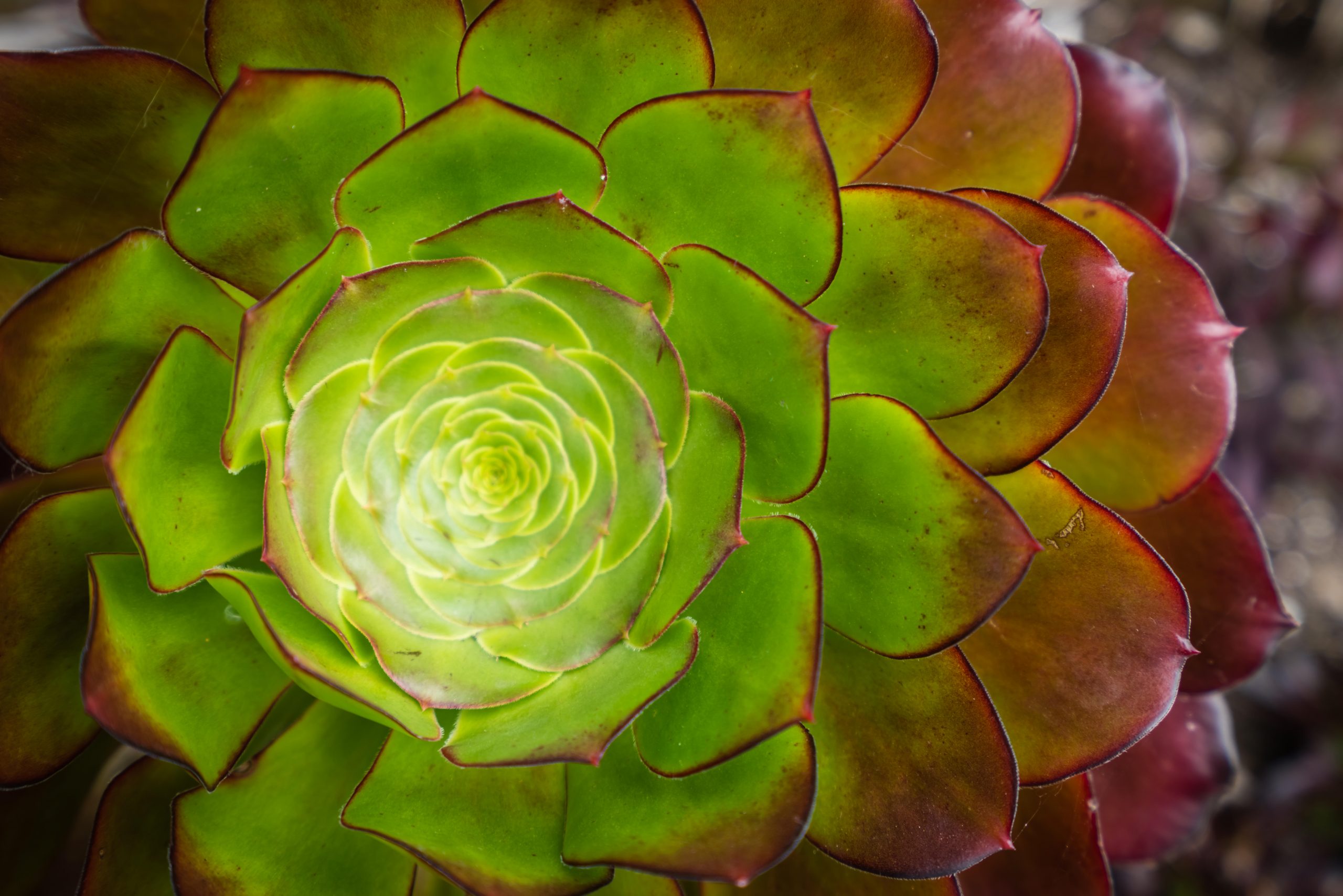

Succulents: their very name is mouthwatering — unless, of course, you’re one of those gardeners who lumps them with cacti, their spiny cousins. ‘Sir, what’s the difference between a cactus and a succulent?’ My question was directed at Harry Rhodes, my junior school teacher, who was passionate about both groups of plants and who would raise them in the little greenhouse in his back garden to sell at the church bazaar in the 1950s. They were all the same price: sixpence a pot.
His reply was swift and concise: ‘Well, all cacti are succulents, but not all succulents are cacti.’ He must have noticed my furrowed brow. ‘The succulents that have spines we call cacti; the ones without we just call… succulents.’
The matter was settled — and so was my fondness for a group of plants that began then, at the age of nine, with a single potted specimen bought from Mr Rhodes. Its label (a scrubbed and neatly inscribed lollipop stick) bore the legend Bryophyllum pinnatum. It was a liver-spotted succulent with tiny little plantlets along the edges of its leaves. Brilliant!
For half my weekly pocket money (a shilling) I had 30 or 40 plants rather than one, as the tiny plantlets rooted with ease in other pots of sandy compost. Within a month, I could have had my own plant stall at the church bazaar. Since then, my gratitude to Mr Rhodes has never faded.
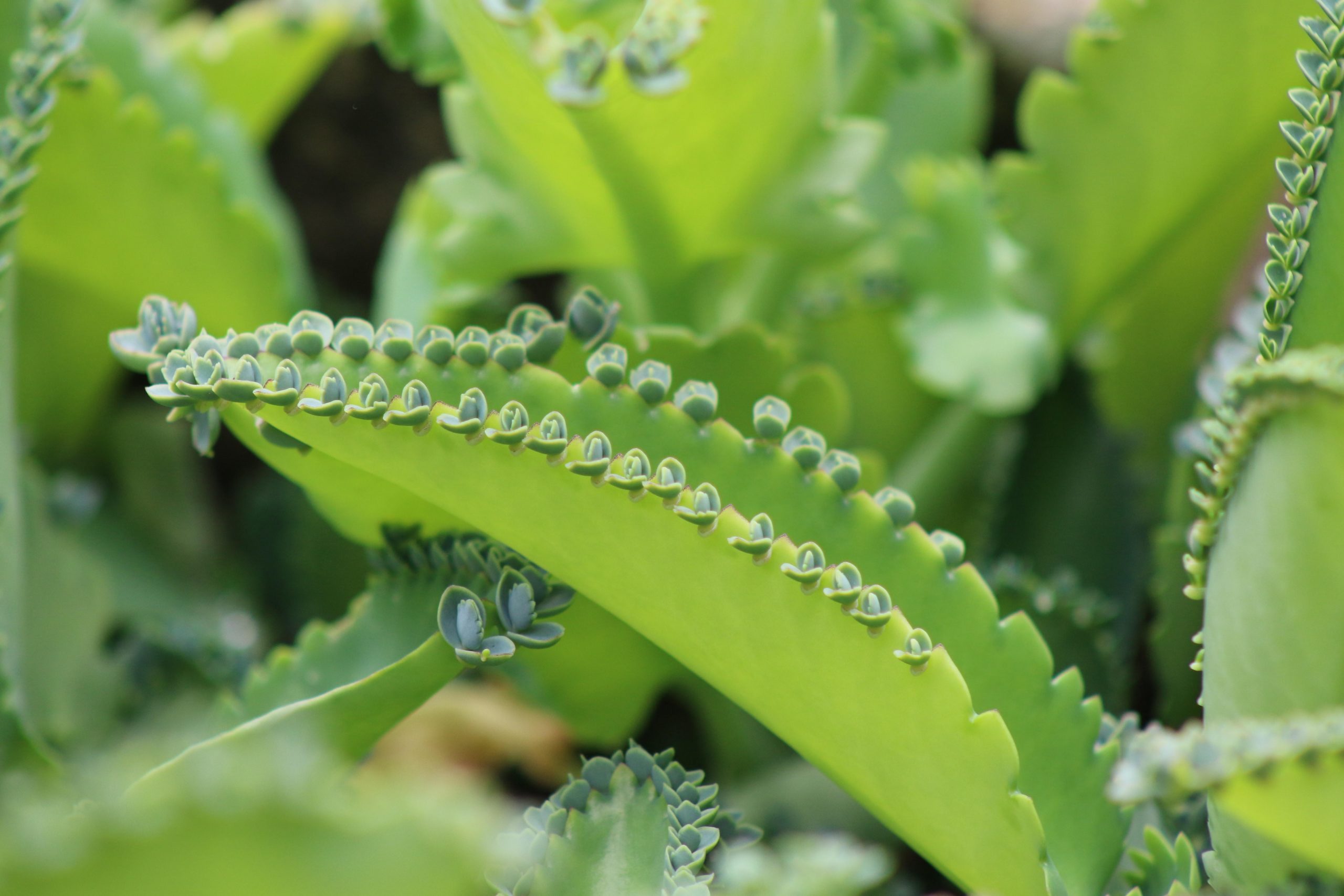
I don’t grow Bryophyllum pinnatum now; my succulent affections have been transferred to those plants that gain sufficient stature to be stood outside on our sun-drenched terrace in summer so that I can imagine — one day — returning to the South of France or the Italian Riviera, of which climates they are more redolent.
I keep them in my greenhouse during the winter and, provided it stays frost-free and the compost remains on the dry side, they’re perfectly happy until the warmer weather returns and they can have their summer holidays outside.
"We can bring the world to our doorstep without the need for airport queues. I rather like that."
The most popular — you might even say hackneyed — of these is Aeonium Zwartkop (also known as Schwarzkopf) with deep-purple rosettes of spatula-shaped leaves that spring out from a central stem. It needs to be repotted regularly to prevent it toppling over under the weight of its top growth. It propagates every bit as easily as the Bryophyllum — single rosettes will root in a matter of days in sandy compost.
Exquisite houses, the beauty of Nature, and how to get the most from your life, straight to your inbox.
Over the past few years, I have acquired from Claire Batten, at Penberth Plants in Cornwall, more refined varieties, such as Aeonium Merry Maiden, which has pointedly cut rosettes of greater colour gradation than Schwartzkopf — green in the centre, burnishing to burgundy on the outer leaves — and Kiwi, which is smaller in stature and has pointed-leaf rosettes striped pale-green and yellow, edged with red. It sounds a bit lurid, but is refreshingly jolly.
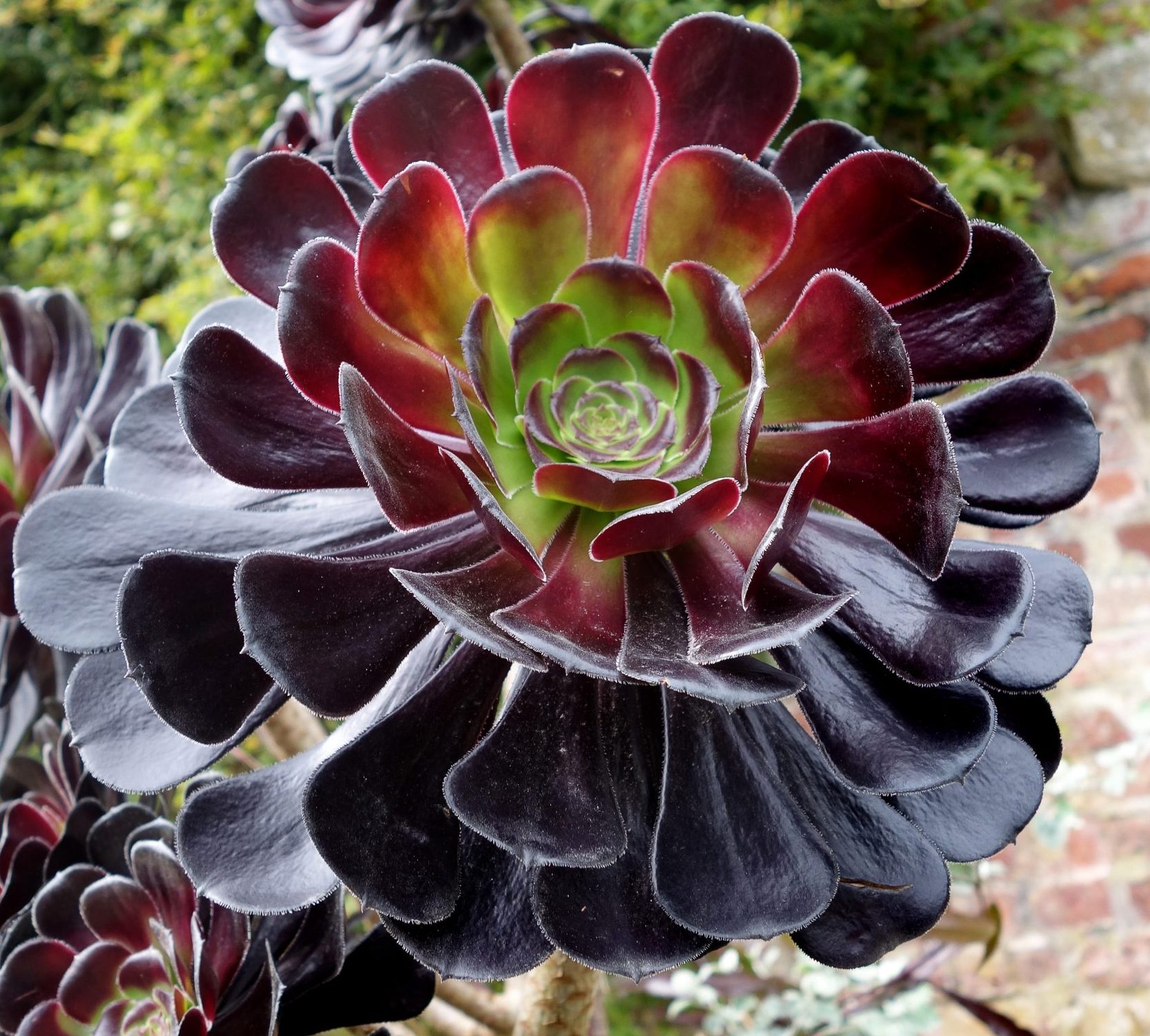
The most spectacular (in spite of the fact that it’s mainly plain green) is Aeonium hierrense, the rosettes of which can be more than a foot across and will rise up higher and higher until they rivet all eyes. I have it in a pot with another aeonium and a monstrous specimen of Crassula Silver Shadow, the large, paddle-shaped pads of which are a frosted white; above them rise stalks that carry drooping, flagon-shaped, orange flowers. This plant, too, grows really massive.
Our grandchildren need to be kept away from the spiky-ended leaves of Agave americana Mediopicta with its spiny, blue-green fountains of leaves, which have a central, parchment-white stripe, and from the neater and brighter Agave lophantha Quadricolor, its inward-curving armed green rosettes edged with butter yellow. Placed where their form can be admired, the agaves make excellent punctuation marks in pots placed on buttresses beside steps or at the end of a wall.
Our travel plans might have been curtailed, but, by growing a range of succulents in pots, we can bring the world to our doorstep without the need for airport queues. I rather like that.
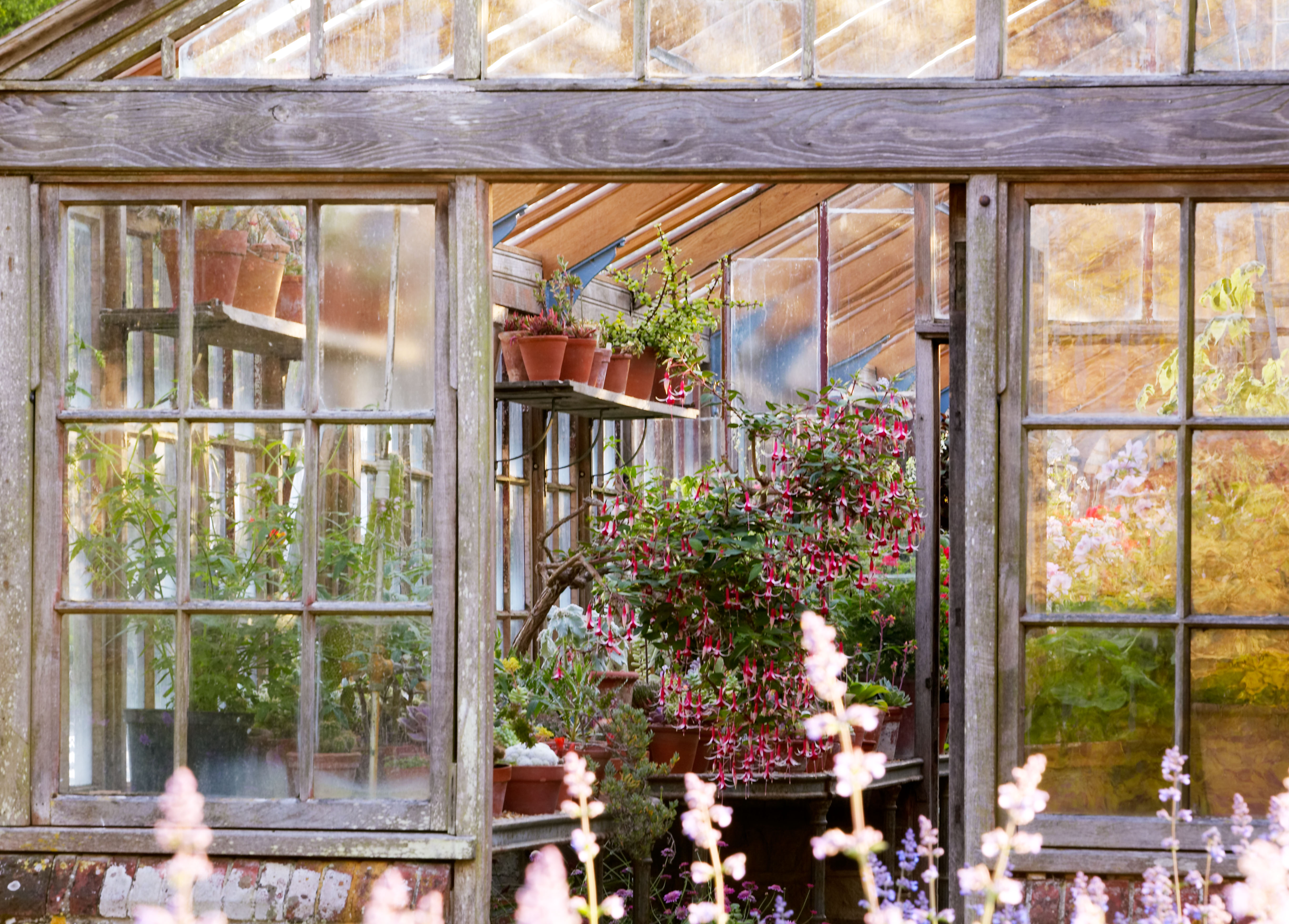
Credit: Alamy
Alan Titchmarsh: How to master the fine art of pottering
As time opens up for all of us to spend more time in the garden, Alan Titchmarsh offers his tips
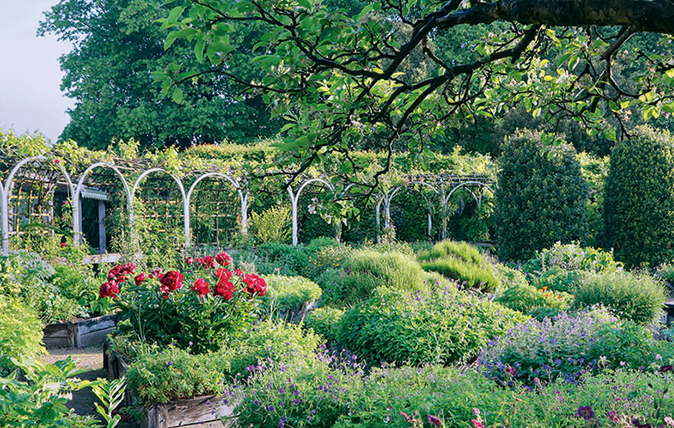
Alan Titchmarsh: The poetic pleasure of plant names
Our gardening expert on the days spent learning the names of some of the most obscure plants in Britain.
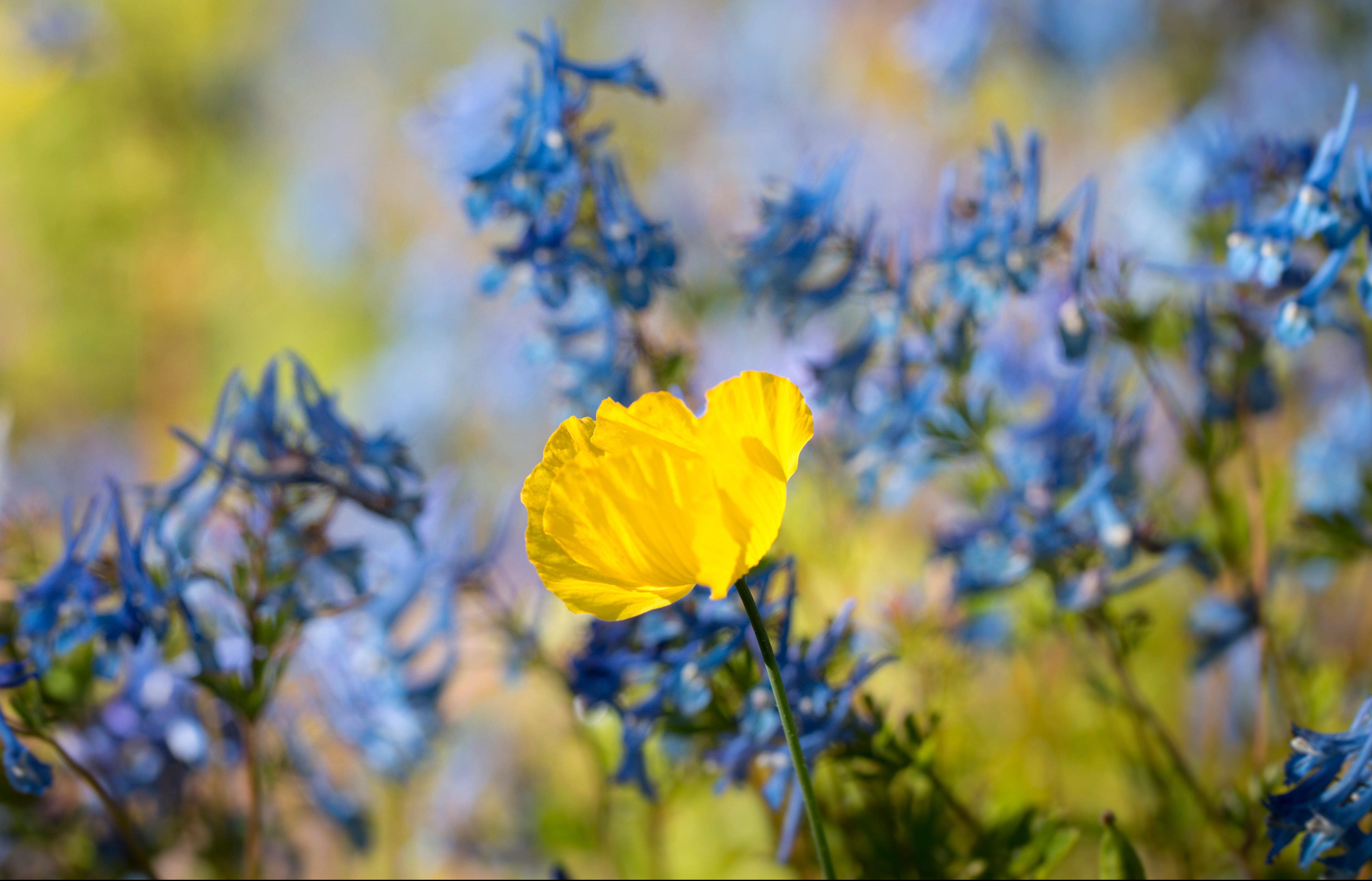
Alan Titchmarsh: The weeds I welcome with open arms
Our columnist Alan Titchmarsh used to spend hours ridding his garden of anything he hadn't planted himself. These days he
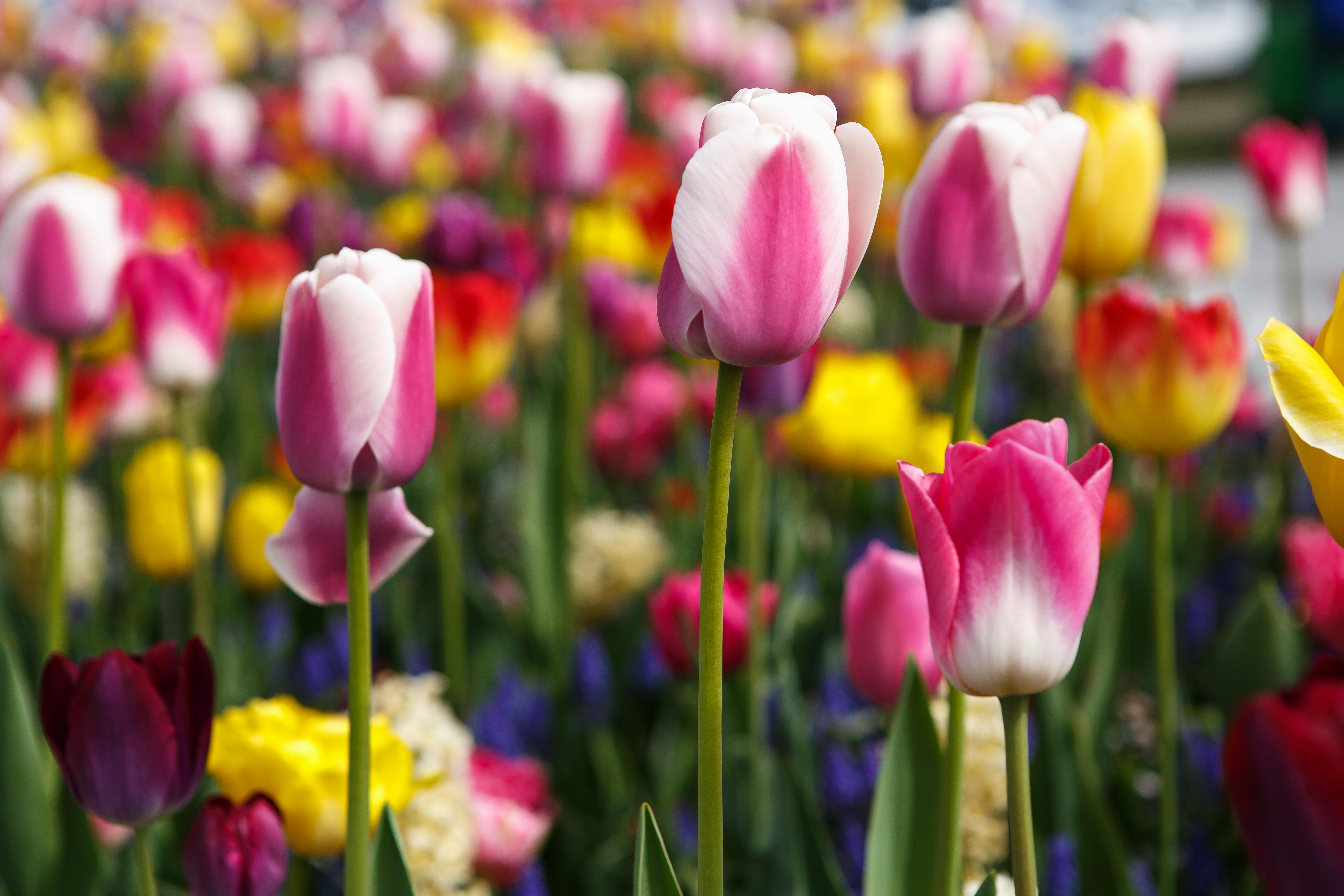
Credit: Alamy
Alan Titchmarsh: The best time of year to plant tulips
Alan Titchmars on planting tulips - and avoiding the grind of removing and storing bulbs every year.
Alan Titchmarsh is a gardener, writer, novelist and broadcaster.
